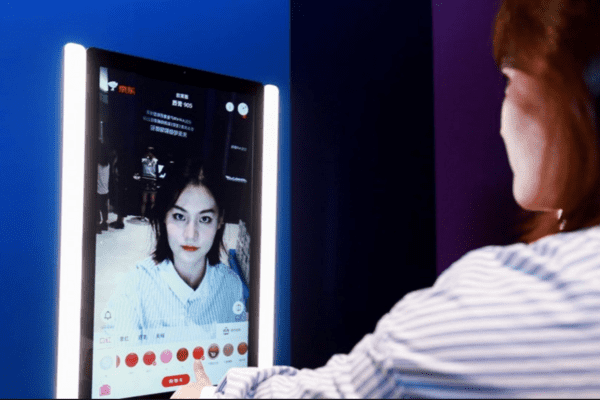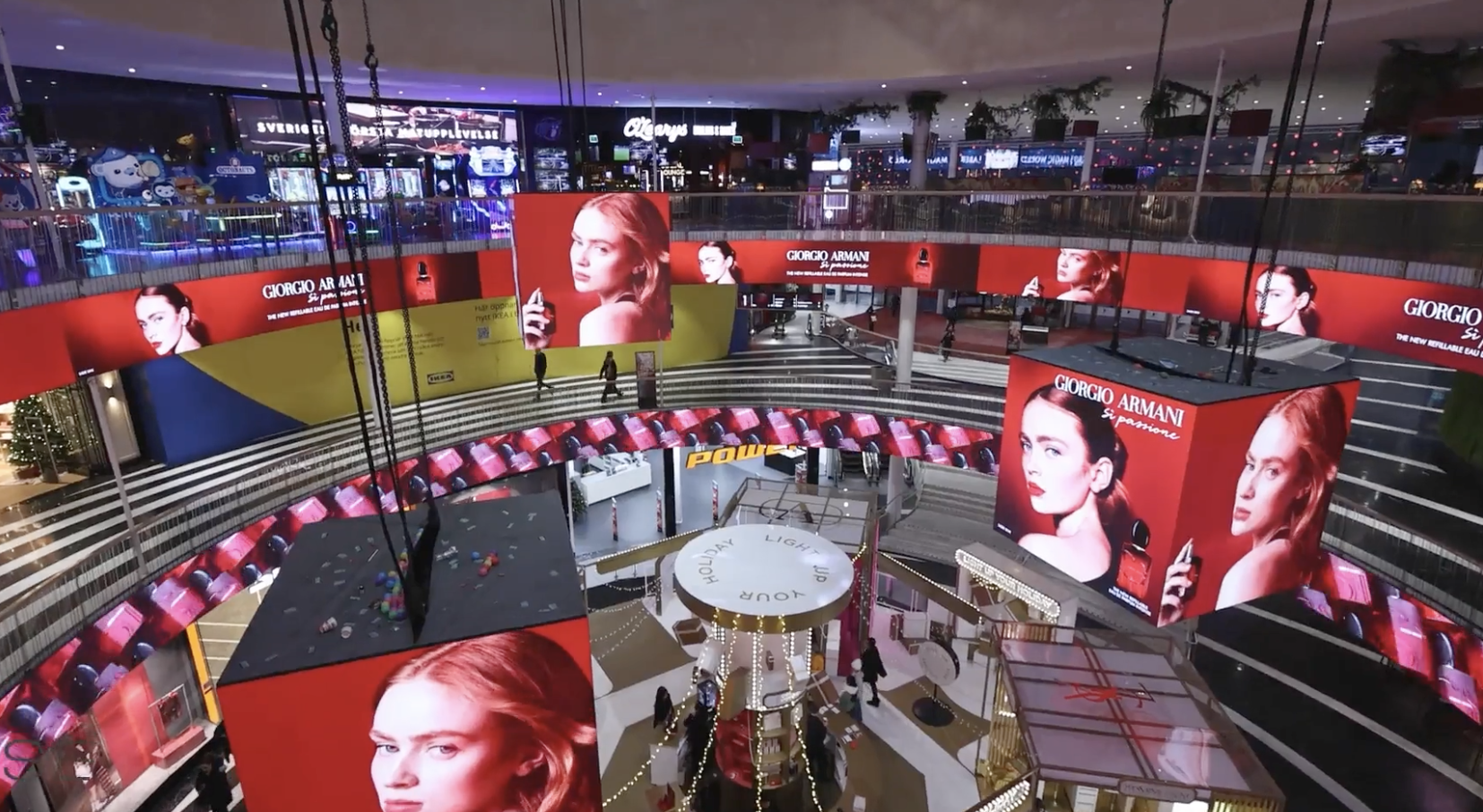A quarter (25%) of UK consumers are open to trying on clothes using augmented or virtual reality to avoid physical fitting rooms during Covid-19.
Prior to the pandemic, only 19% of consumers said they would be open to using AR or VR technology to try on clothes — a figure which had risen to 25% by the end of 2020. According to Contentsquare, this change is a direct result of the recent crisis, with 39% of UK shoppers now avoiding physical stores to protect against Covid-19.
The research, which incorporates data from 4000 shoppers, also found that 28% of UK consumers report feeling ‘anxious’ when they shop in store — adding to the demand for increasingly interactive, online experiences.
Since the start of the pandemic, retailers including Adidas, ASOS and Gap have all begun experimenting with their own augmented reality fitting rooms and experiences.
Amazon is also expanding its own AR fashion offering, with a recent patent suggesting plans to “data mine” pictures saved on consumers’ phones to produce more accurate AR fitting room experiences.
Commenting on this trend, Niki Hall, CMO at Contentsquare says: “The Covid crisis has forced both customers and retailers into an almost entirely digital landscape. As such, it’s great to see brands turning to new, innovative technologies to both recreate the in-store experience and improve customer satisfaction online. One of the most common complaints made about ecommerce is the problem of sizing — with online apparel having a particularly high return rate. Through the adoption of AR and VR technologies, brands can overcome this issue, creating a far more personalised experience for their online customers.”
Hall adds: “Looking ahead, it will be interesting to see if this trend persists once the pandemic has ended. Consumers are clearly open to the idea, but if retailers want this type of technology to last, they must build it into their wider retail strategies,” concluded Niki Hall. “The best way to achieve this will be to view these technologies not as a gimmick, but as a valuable source of customer insights and data. If retailers can use these interactive experiences to build a more accurate, personalised view of their customers, then they could turn this short-term solution into a long-term trend.”









